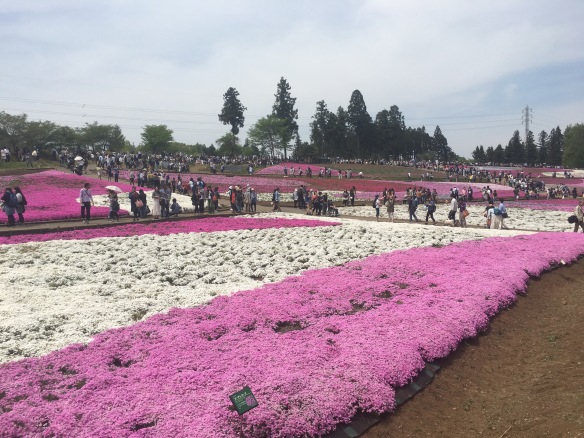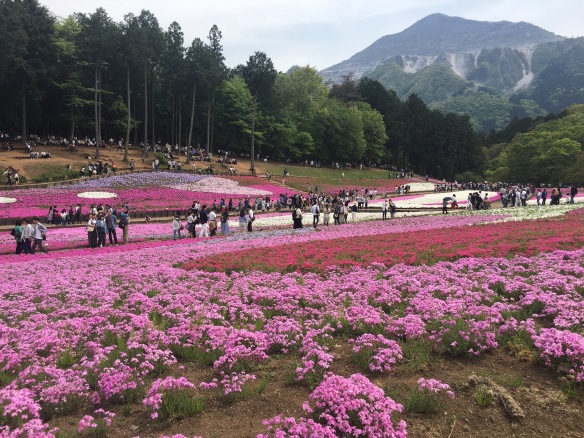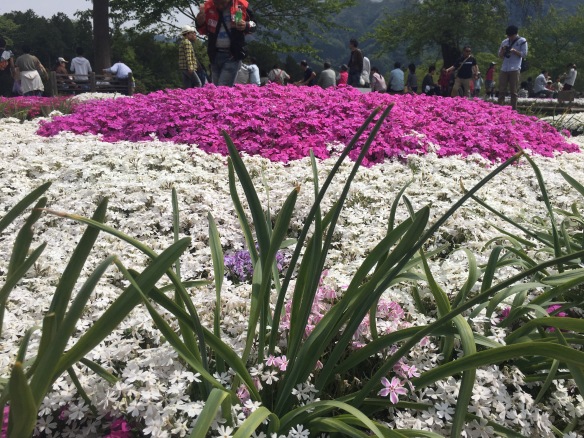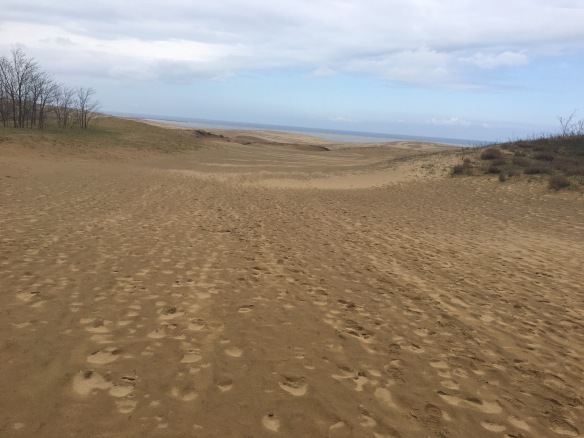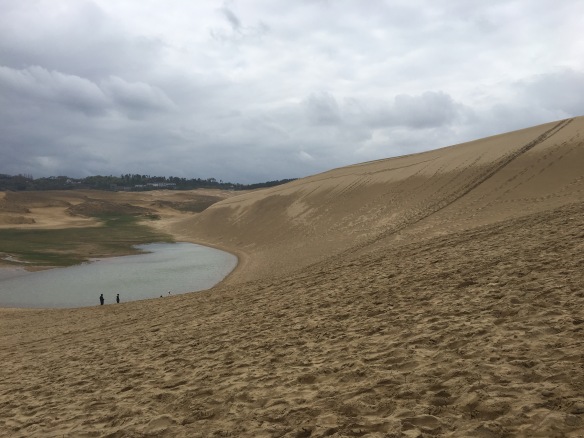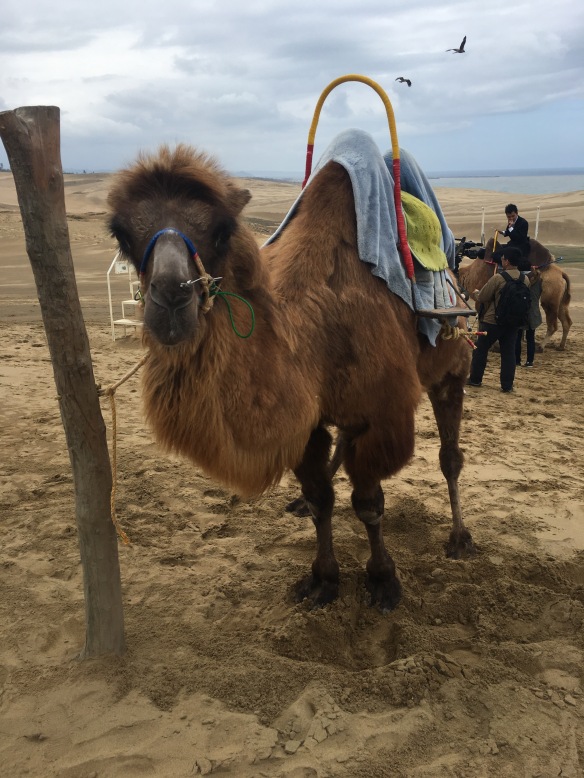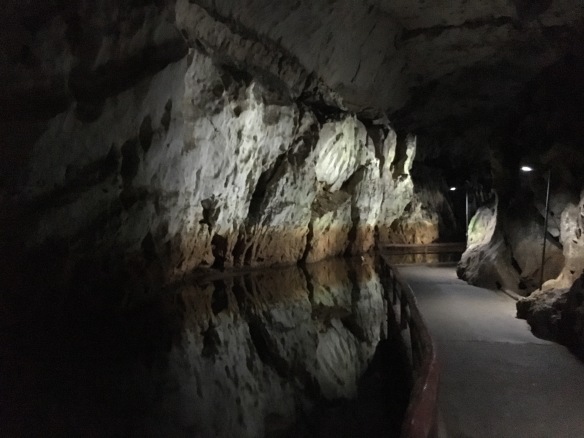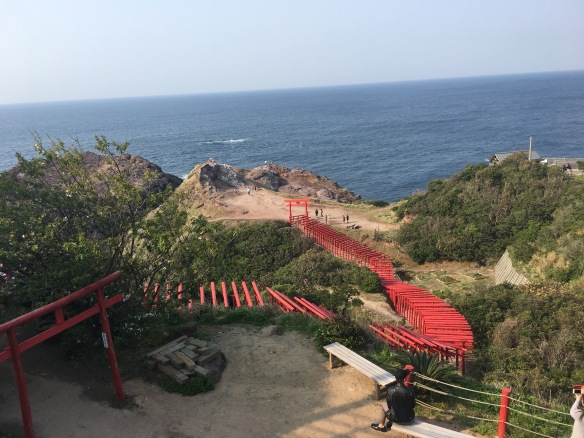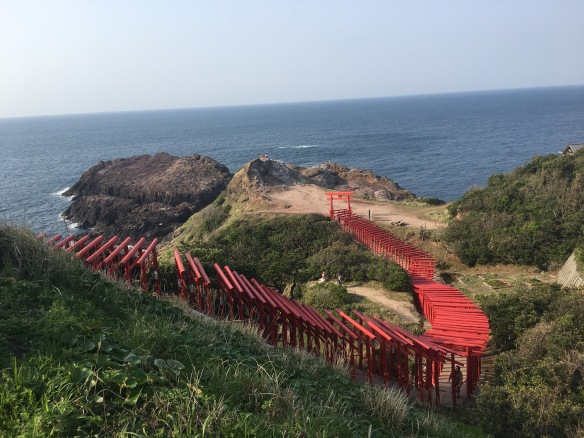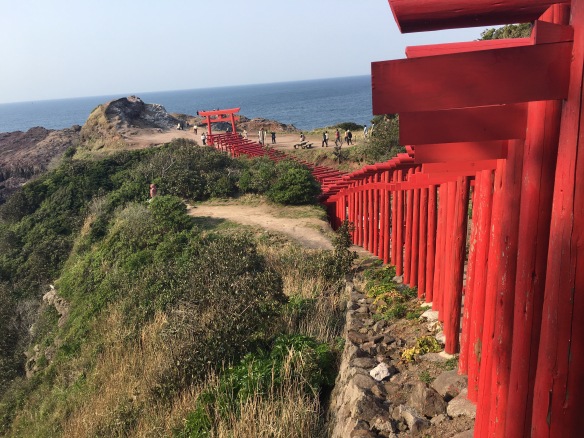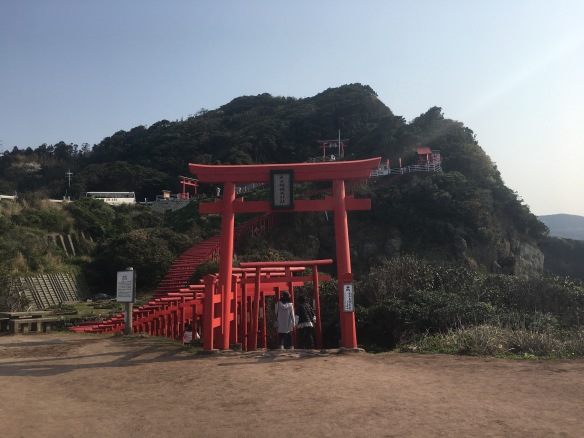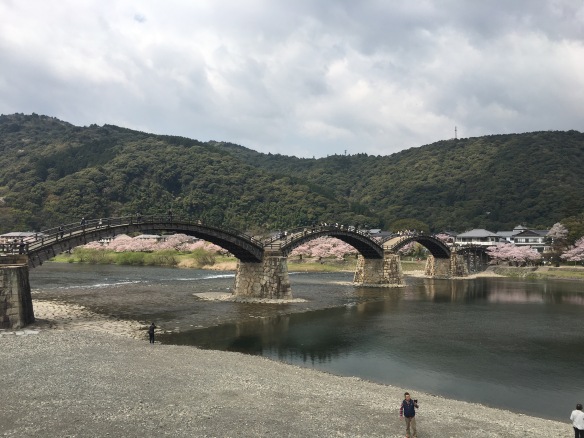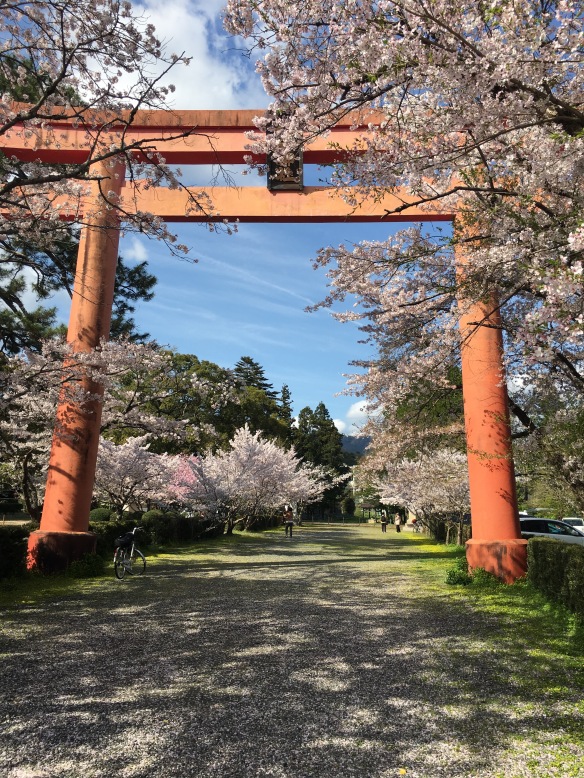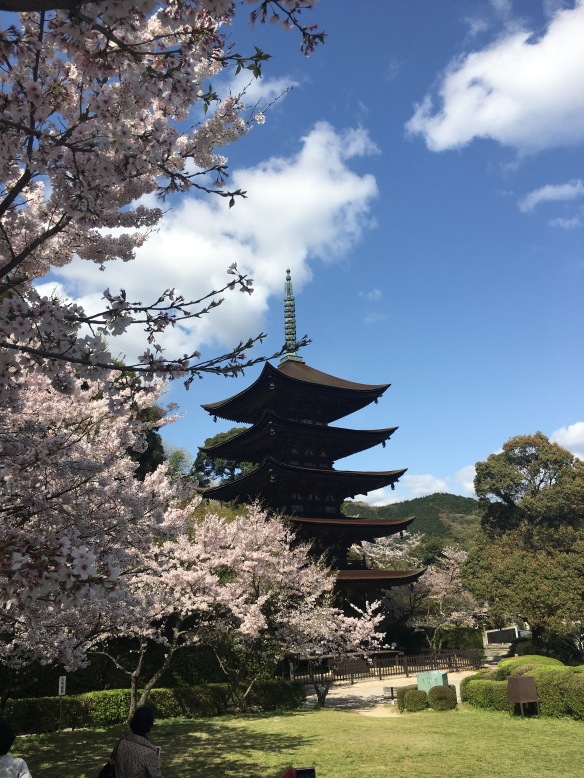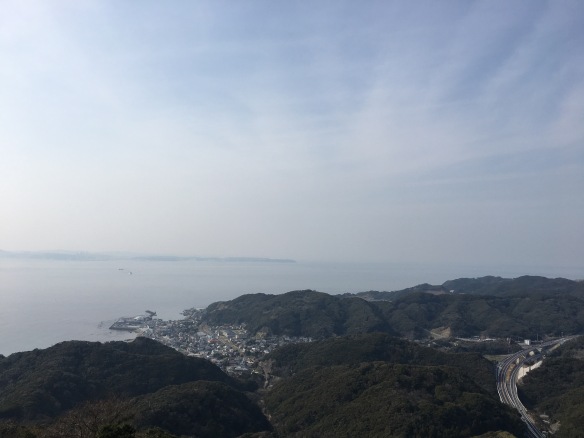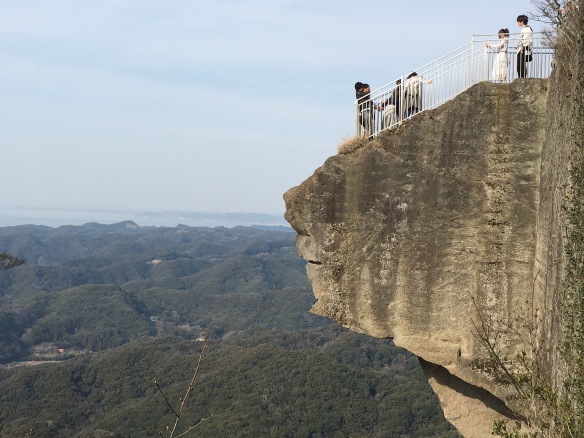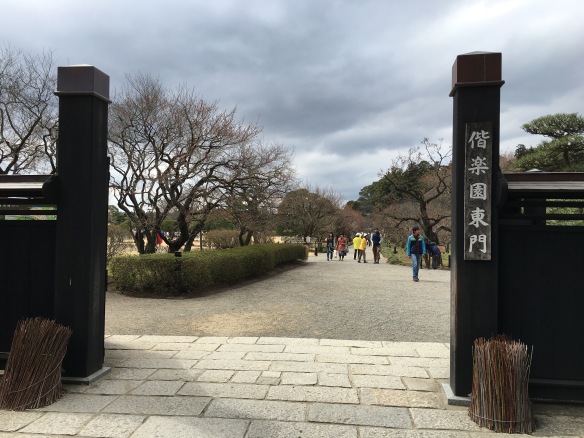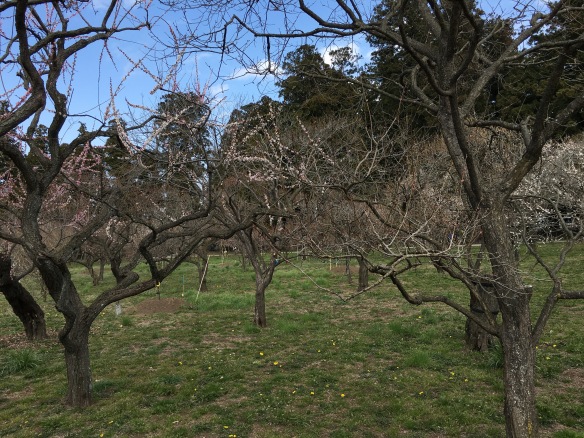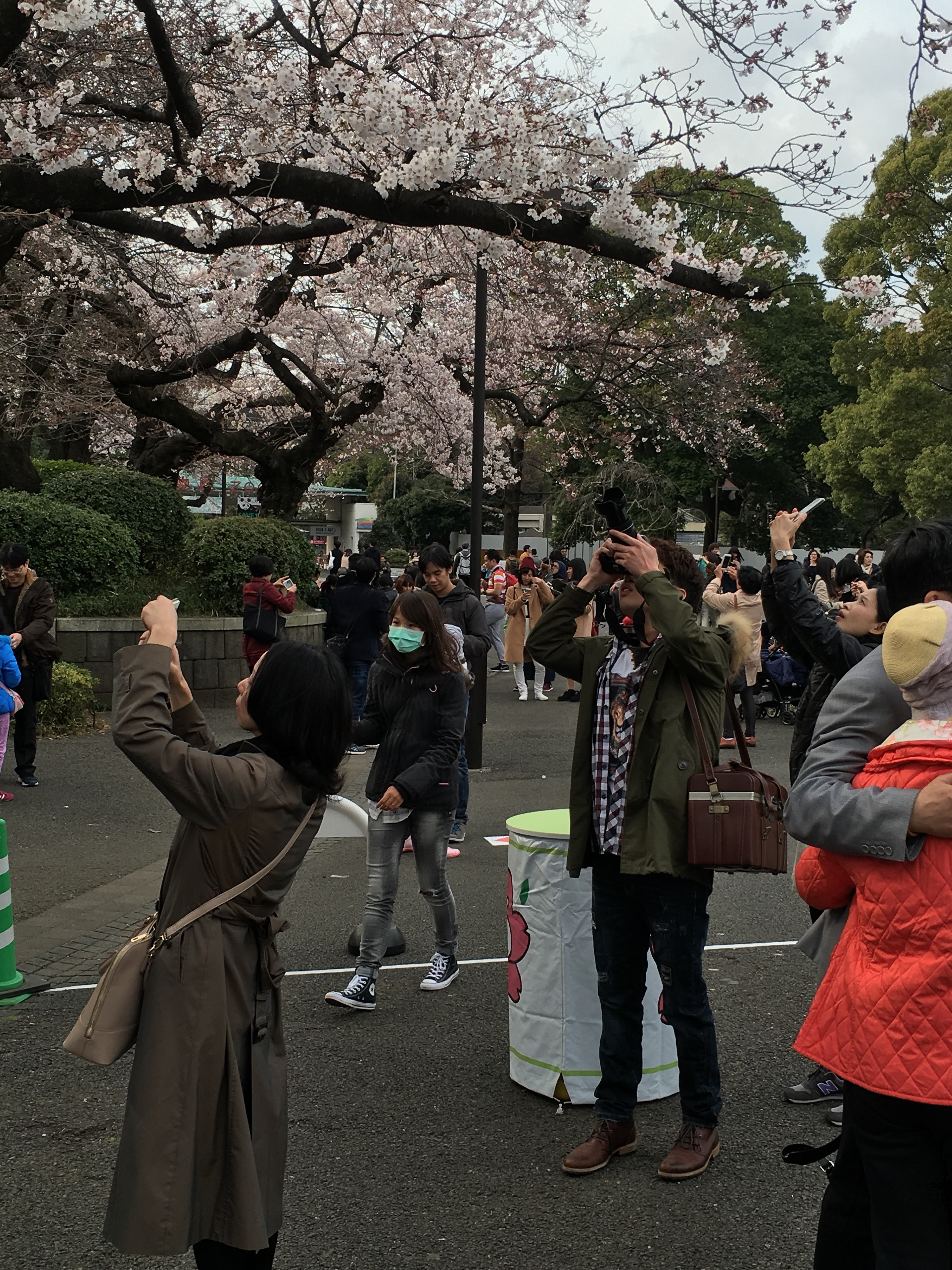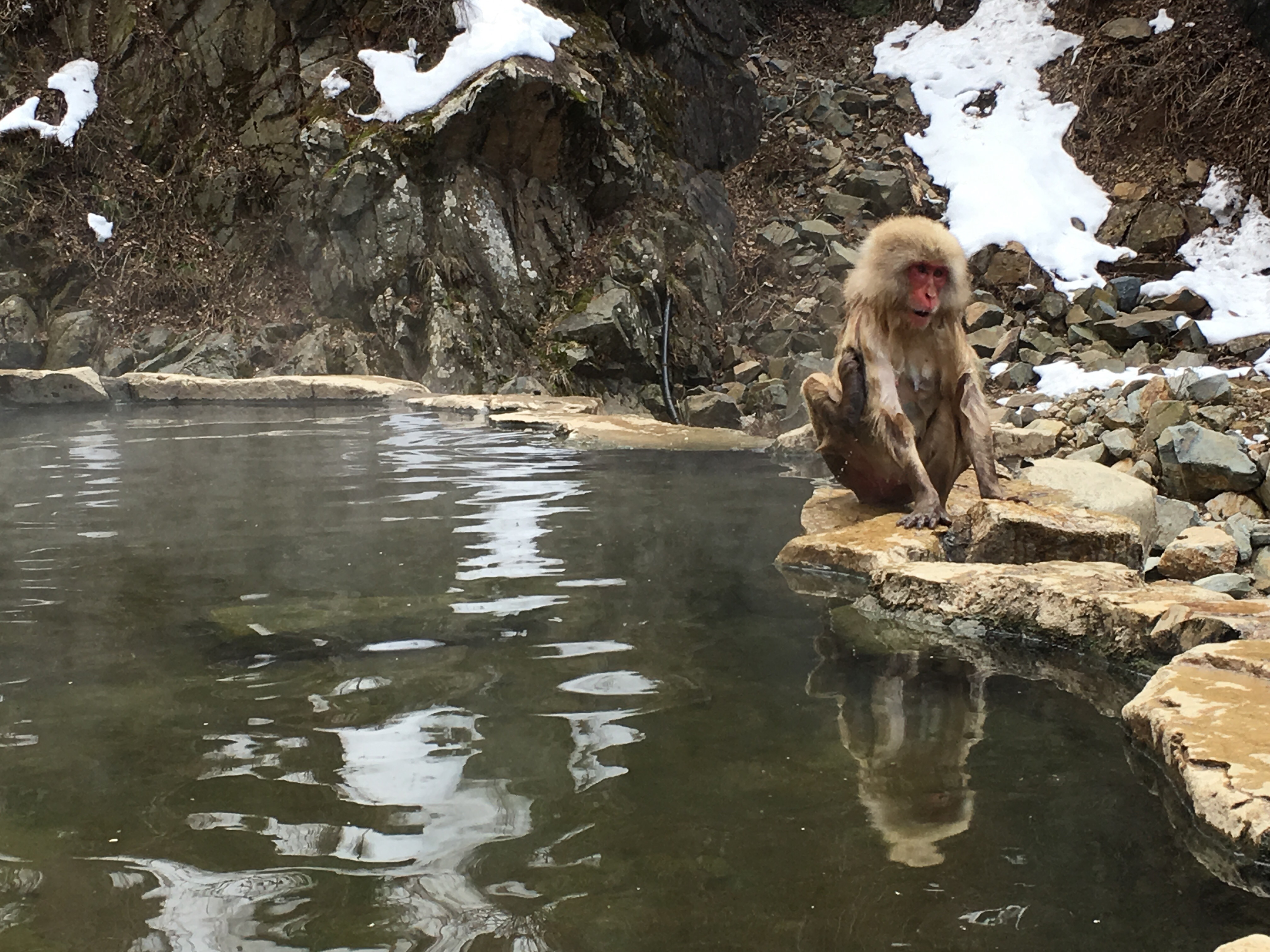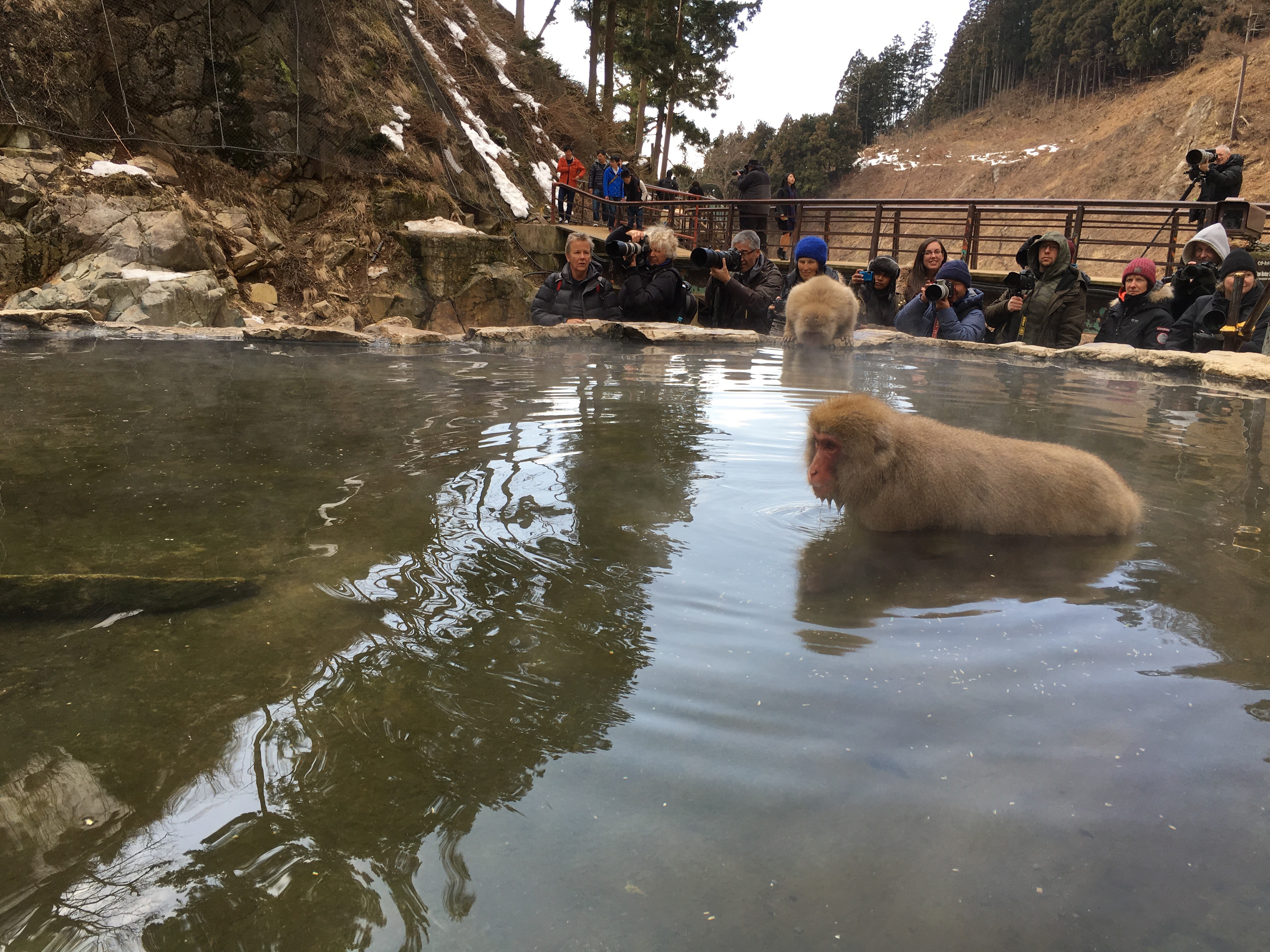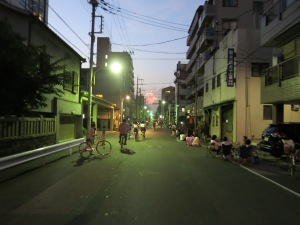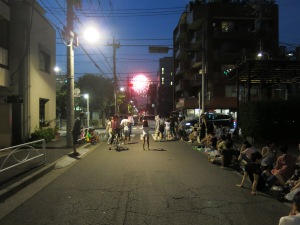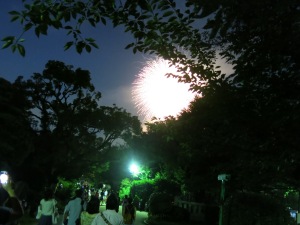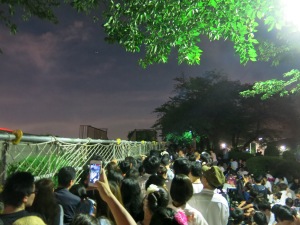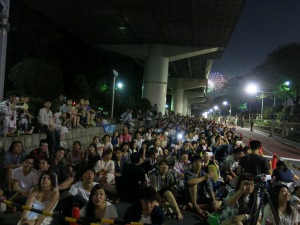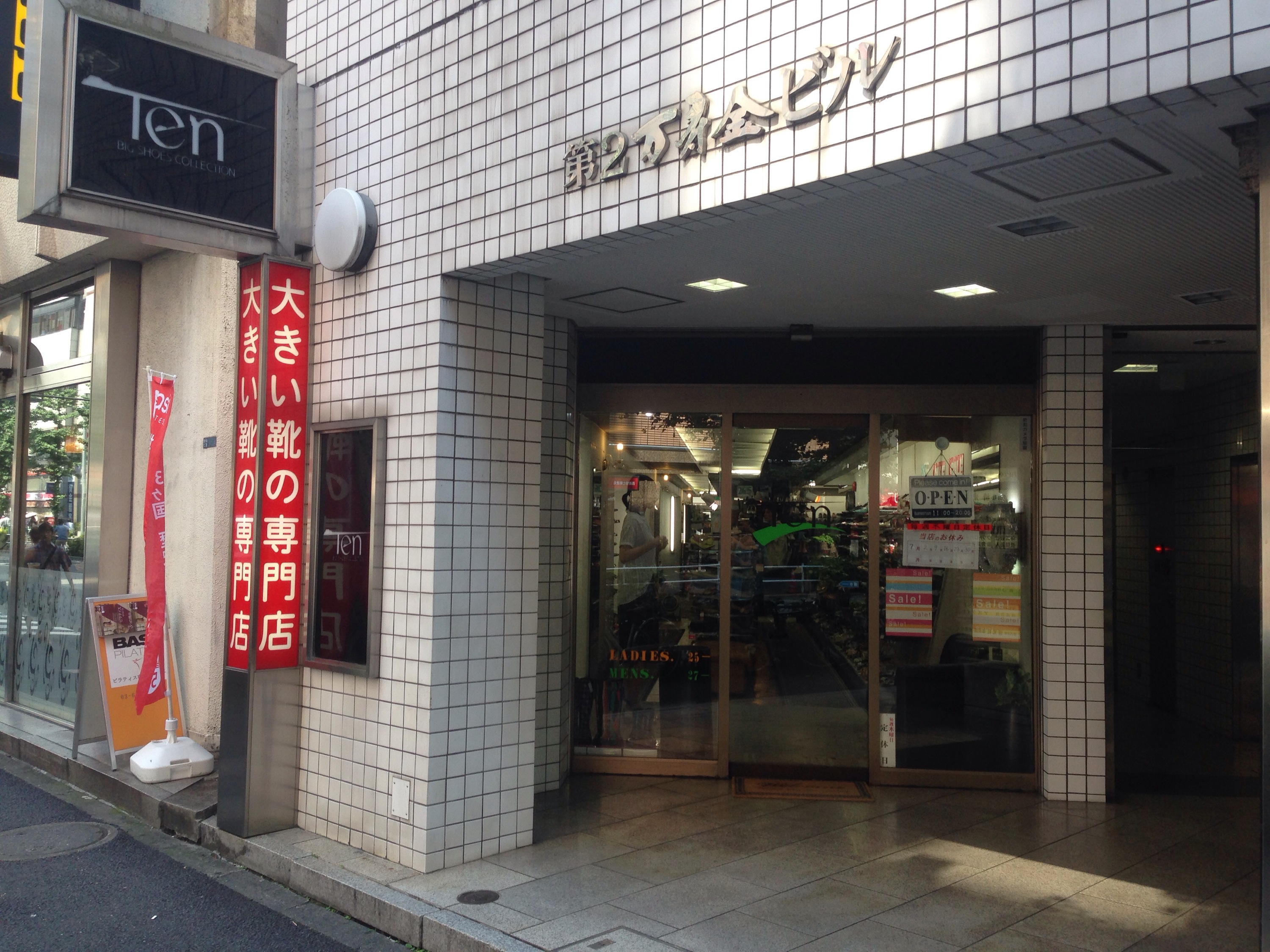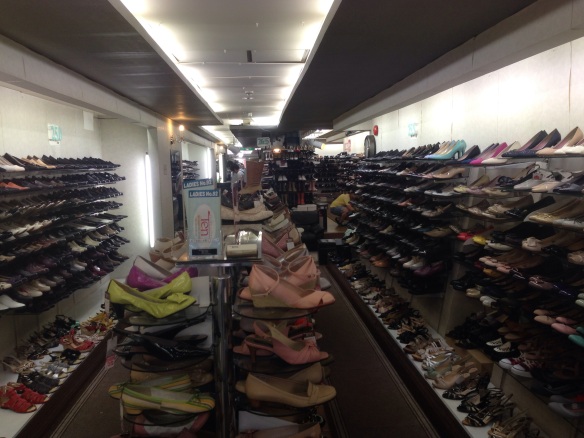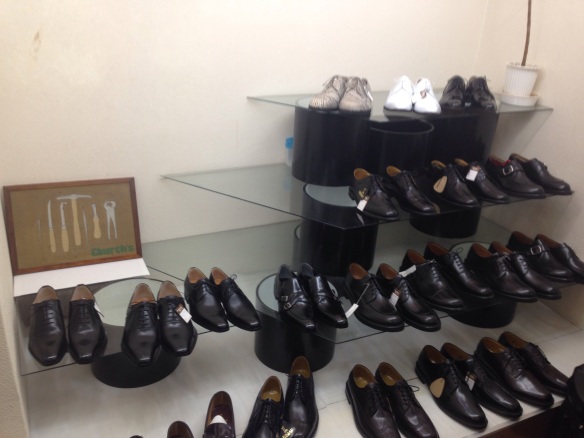To help practice Japanese, I’ve been using a language exchange app, which allows you to send messages to native speakers of the language you want to learn, who can then correct what you say or suggest a more natural phrase, that kind of thing. Basically working as a bilingual Facebook, users can post pictures or talk about what they’ve been doing, or ask about a particular language point and anyone on the app can comment on or correct your posts. Before my trip, I made a post asking for locals’ recommendations of the best places to visit in the area, or things I should try to do if I can, most of which I managed to squeeze in.
One of the people who I’d been talking to on there who read my post, however, was a girl called Hanako. When she heard I was coming towards where she lived, she immediately enthusiastically offered to show me around near where she lived, and a few days later went even further and said that upon consultation with her parents, I could stay with her family in their house if I so wished. Slightly overawed, and quite apprehensive of an almost complete stranger’s unabashed invitation, I accepted.
And so I found myself nervously pulling in to the town of Hamada in Shimane prefecture, where Hanako and her dad would be waiting to take me to their home. After a slightly awkward introduction, we went down and got into their car; the realisation that contrary to the advice given to all young children, I was willingly entering the vehicle of a stranger I met on the internet, not knowing where on earth I was being taken. I let it play out. I didn’t really have a choice at that point anyway.
The journey took about seven or eight minutes, during which we made awkward small talk in Japanese about the weather (beautiful today isn’t it?), and how tall are you? (yes, over 185cm), and how this part of Japan felt bang in the countryside compared to Tokyo (yes, we know!), and thank you for coming to collect me from the station (no problem!), and about how few trains there were (that’s because we’re in the countryside!), and how far from the station do you live (we’re almost there now) and oh look now we’re here.
On arriving at their house, the father departed back to work and I met the mother.
The mother was just as friendly and welcoming, and within seconds of walking through the door had me drop my bag, take a seat and gave me some tea. We repeated many of the small talk questions from the car, in what was turning into quite a surreal situation.
Hanako took a note of the fridge, showing the plans that she’d made for the day. For some reason they also had an array of local travel brochures to hand in their kitchen, and they showed me one of the places that we would be going to later. I didn’t realise that at the time, however, as the mother was speaking very excitedly and in very quick Japanese and I couldn’t really pick out everything (or in fact much) of what she was saying.
Before long, it was time for a lunch. According to her plan, Hanako and I would be going to a restaurant around the corner which she’d never actually been to before, but her dad goes to quite a lot, and which has some local delicacies. When I asked her what they were, she said it was just hamburg and fried shrimp like literally everywhere else in Japan.
It was slightly more relaxed over lunch, away from the barrage of questions from her mother. We could talk about things we’d previously spoken about on the app already, so safe ground, and could fill the hour or so it took at the restaurant relatively pain free.
Upon finishing up and paying, we walked a short way to the bus stop to continue our journey around Hamada.



